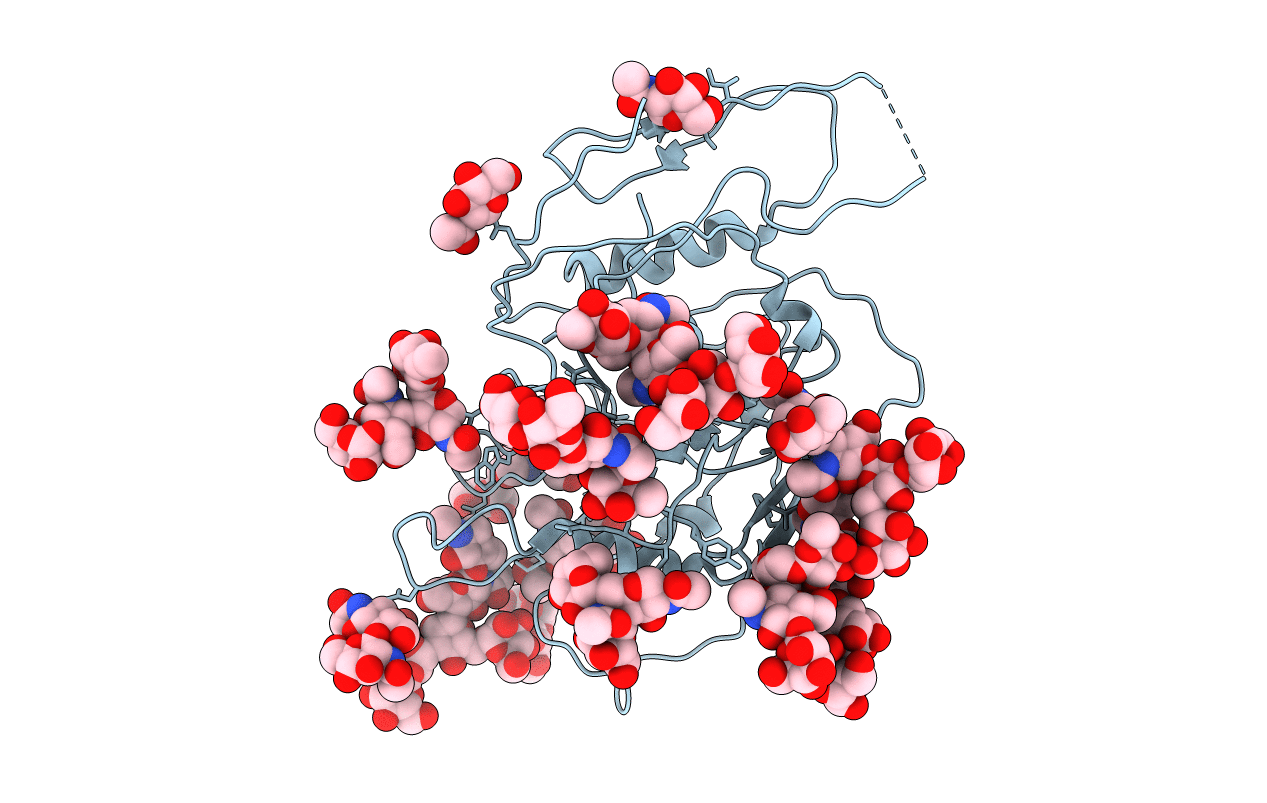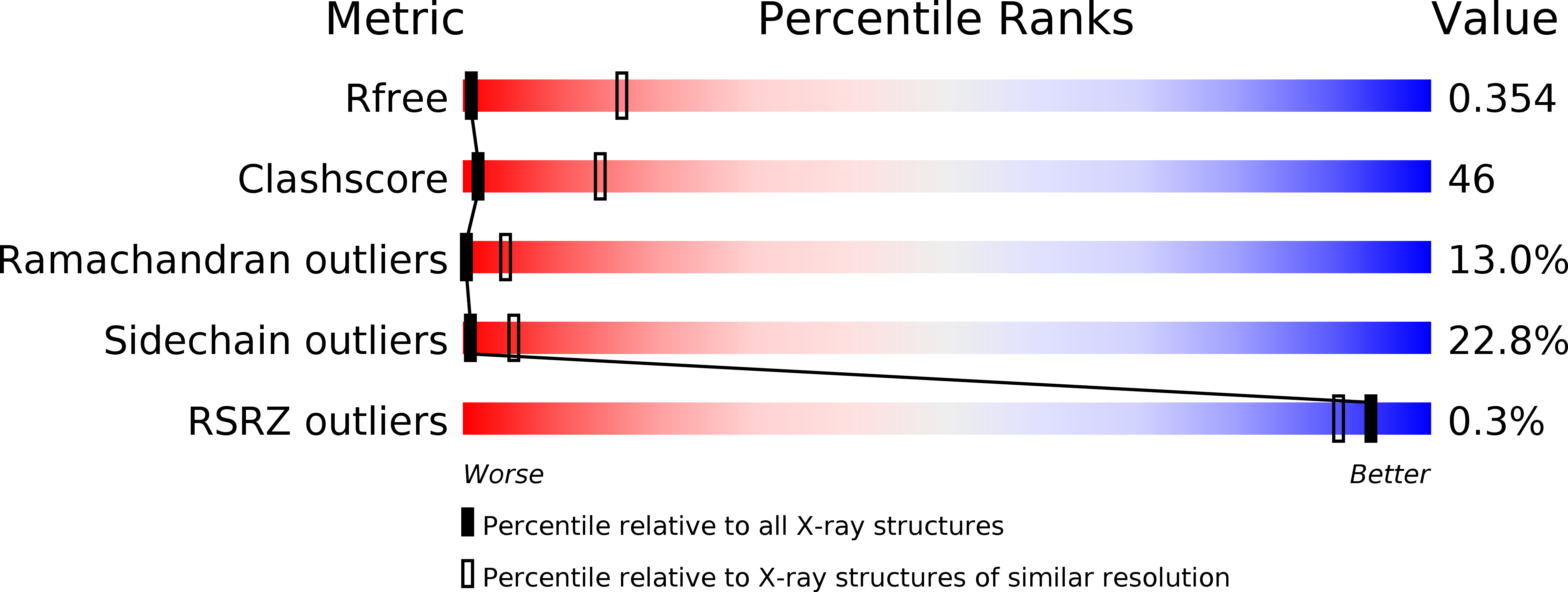
Deposition Date
2009-01-14
Release Date
2009-06-30
Last Version Date
2024-10-16
Entry Detail
PDB ID:
3FUS
Keywords:
Title:
Improved Structure of the Unliganded Simian Immunodeficiency Virus gp120 Core
Biological Source:
Source Organism:
Simian immunodeficiency virus (Taxon ID: 11723)
Host Organism:
Method Details:
Experimental Method:
Resolution:
4.00 Å
R-Value Free:
0.35
R-Value Work:
0.34
R-Value Observed:
0.34
Space Group:
P 43 21 2


